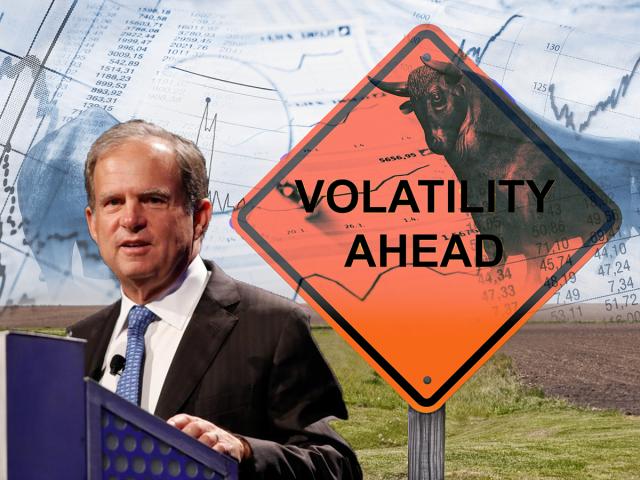
The earnings report also showed the company ended the second-quarter with $93 million in unrestricted cash and a net debt of $6.8 billion. (Source Hart Energy/Shutterstock.com)
HOUSTON—Investors are fleeing from energy stocks, but according to Scott Sheffield, CEO of Pioneer Natural Resources Co., the shift in attitude has more to do with commodity prices and less with the growing buzz around ESG.
“Nobody wants to come into our industry and the reason is not the ESG movement, it’s the volatility,” Sheffield said at IPAA’s Leaders in Industry Luncheon on Aug. 17.
Despite displaying strength in the Permian Basin with 25 operating rigs and back-to-back acquisitions of Parsley Energy and DoublePoint Energy, Irving, Texas-based Pioneer Natural Resources has also felt the effects of strained investor interest, which Sheffield attributed to the lack of investor confidence in the dynamic between U.S. shale and OPEC+.
“We are not a growth industry anymore at all,” he added.
So what has to change to return investor’s excitement about the industry?
“We have to solve volatility first, which requires several years of stable oil prices,” Sheffield said. “I think we're going to get there and I’m more optimistic with what's happening with U.S. shale taking growth off the table.”
The first line of action involves placing a spotlight on the debt and balance sheets of oil and gas companies.
“What we're trying to do is get money back to the investor,” he said. “We took too much in bonds and public equity over the last 10 years. And we’re [Pioneer] as much of a culprit since we have probably raised $4- to $5 billion in equity, which is more than what most companies did in the last decade.”
As a result, Sheffield said Pioneer developed a model that prioritizes being a high dividend payer, a method that is already common for the majors, midstream sector and refiners. This tactic distributes a portion of the company’s earnings to investors on a regular basis.
“Now the upstream independent sector, in my opinion, is moving in that direction,” he said.
The company has increased its variable dividend return framework by declaring an inaugural variable dividend of $1.51 per share. Combined with its base dividend, Pioneer was able to return approximately 80% of its second quarter free cash flow to shareholders.
Pioneer’s board of directors approved its inaugural variable dividend of $1.51 per share, or approximately $370 million being returned to shareholders in the second quarter. The company believes this differentiated return of capital strategy, which combines a base dividend with a substantial variable dividend, “creates significant value for shareholders.”
Pioneer projects it will generate in excess of $23 billion of cumulative free cash flow through 2026 based on current commodity prices, according to the company’s second-quarter earnings report for 2021. The company’s reinvestment rate is expected to be between 50% and 60%.
“The company expects to distribute a quarterly variable dividend of up to 75% of the prior quarter’s free cash flow after deducting the base dividend paid during the quarter,” the report stated.
Sheffield believes Pioneer will have zero debt within five years, given this high-returns model.
“We’re taking 25% of our cash flow and we'll be down to zero debt in five years,” he said. “I like to run an oil and gas company with zero debt.”
The earnings report also showed the company ended the second-quarter with $93 million in unrestricted cash and a net debt of $6.8 billion.
“You have to have a great balance sheet,” he said. “Every five years I'm driving that debt EBITDA down lower and lower.”
“I think you almost have to have zero debt to work in this industry, especially as a public [company],” he added, “because you don't know when that next downturn is going to be and you want the ability to buy back stock when you can.”
